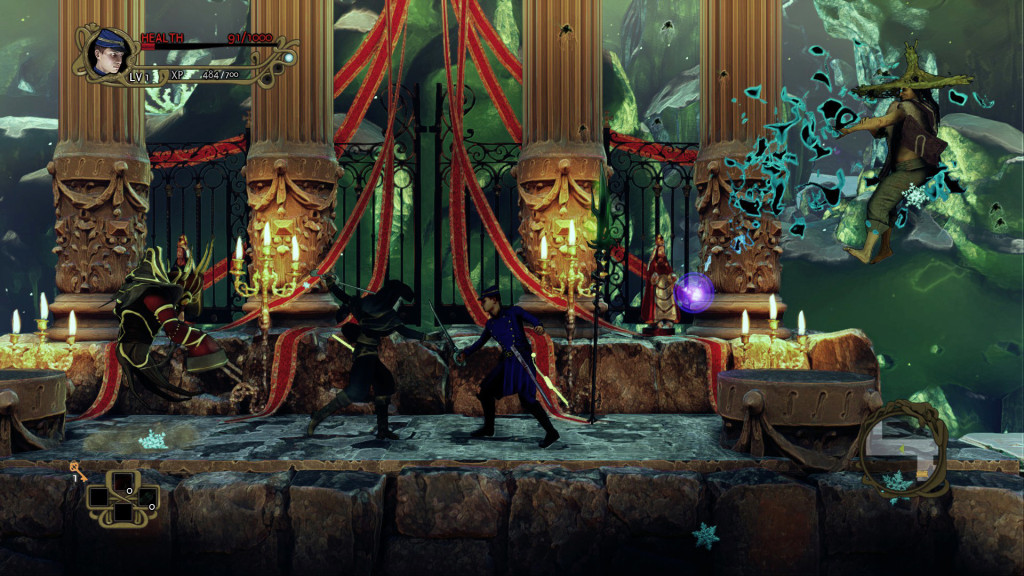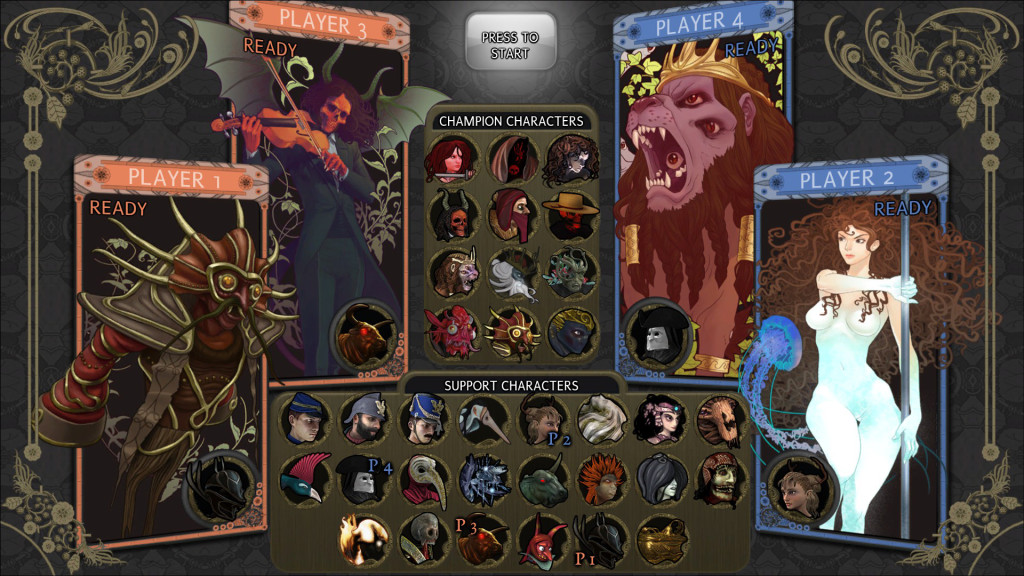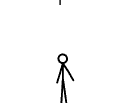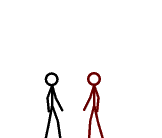Developer/Publisher: Impact Gameworks || Outlook: Positive
Tangledeep is the 16-bit roguelike that should be on your radar. A beautifully artistic, colorful, and lore-based game that will seemingly have much to offer and iterate on when it finally releases later this year, currently planned for December 2017. Tangledeep pulls deep from the SNES Final Fantasy games in terms of overall aesthetic with music, sound effects, and art but makes it its own with unique gameplay features and iteration.
I can’t praise the games presentation and production value enough. This is a swell game to immerse yourself in and right down to the text boxes you’ll be hitting that nostalgia bong over and over (nostalgia bong legal for only 30+). The music is beautifully composed and really sells you into the exploration dynamic of the game’s story. The lore of Tangledeep is also mysterious and fanciful — it really piques the interest in discovering more about the forest of Tangledeep and figuring out what secrets it holds. Since Tangledeep is but a snapshot of the rest of the world, you don’t know what visitors you may come upon in the base camp as it seems “guest” vendors are randomized and will sell things that aren’t usually available if you have the money for it.
Obviously, since Tangledeep is a roguelike, there are many roguelike features, and multiple ways to experience the game itself. The overall progression comes from your town development, although it is a bit sparse in terms of actual benefits to be gained. You have six plots where you can plant magical seeds that provide food to you at certain increments. You can also tame beasts using a special item and drag them back to town for later use as a companion. Many of your first attempts at getting deep into the forest will probably be fruitless as you discover the mechanics and how things work, as well as fiddling around with the different classes (called jobs) available for play and figuring out what works for you.
Gameplay-wise, you’ve got an expansive list of jobs to play with — currently nine. Each job is unique and actually has a bit of an interesting spin on some of the usual class types, from a lore angle. “Personal” stories of each of the individual jobs don’t seem to really get in the way of the greater narrative, but the customization and skill-based special actions go a long way in changing up the experience from one run to the next.
Though the game is turn-based, it’s played in real time. It’s more like a turn-counter with particular actions taking a certain amount of turns to cast or recharge. There is also an opportunity to pause during hectic moments of combat to plan out what you strategically want to do in case you get in a bind. You can also progress time without moving, so you don’t need to get out of position. Levels are procedurally generated, with some side rooms changing up the tileset dramatically, so the game doesn’t get stale at all. Trying out the different jobs is also part of the fun and each class can be built to focus on different sets of skills depending on you preference, so the iteration just goes that much deeper.
The meta game is always important for a roguelike. There is an “intended” way to play Tangledeep where you will encounter permadeath at the end of your run, only allowing for any progress in town to stand. Being called “Heroic Mode,” this gives you the opportunity to switch your job and try out a new spec for the penalty of starting from scratch. Adventure Mode is another option where instead of encountering permadeath, you will be sent back to town with penalties, losing your unspent Job Points/Money and half of your XP progress. The penalties are hefty, but much less impactful than a full reset. “Hardcore Mode” is the same as Heroic Mode, except all progress made with the character is wiped. Each individual Save Slot is party to as many characters as you think necessary to play with, and you can only “Continue” progress with an Adventure Mode character.
Unfortunately, Tangledeep isn’t exactly the mode user-intuitive when it comes to its menu system. Menu-hunting is a bit of a pain, and can be confusing at times as to what commands you are telling the menu to do. Arrow keys don’t work at all, only being able to use the WASD to control a menu (this just feels weird) and using a controller instead also feels clumsy. When opening the menu, you are not going to the menu you were last in, so if you need to make any tweaks to what you had previously done, its more than one click away when it shouldn’t be any clicks away. Equipment is also hard to figure out sometimes, since it is hard to compare equipment efficiently and whether or not you are actually equipping an upgrade can be questionable at times. You have four different weapon slots for changing up your strategy on the fly (ranged vs. melee, for example) — but the inactive ones don’t give you additional stats. It feels like that there should be more information about equipment in general and how things affect your gameplay but as is it feels too underdeveloped to be satisfying. You also don’t encounter enough variance or quantity of loot to really have to make interesting decisions as you get by with just equipping whatever has a better rarity quality. There are also other lesser issues with the logic and layout of the menu that just don’t feel right and needs to be smoothed out before release to make it a more useful tool than it currently is.
Tangledeep has got a lot going for it, and I’m excited to see if more story lives up to my expectations. I’d really like to see more progression mechanics that allow for strengthening your new characters further as you keep playing. Refinements to the menu system to be a less frustrating experience is the number one goal in my mind, so hopefully that is on the radar of the developers. A little more focus on the loot/reward system would also be in order. Tangledeep is being updated constantly by its developers while in Early Access, so it’ll be an interesting title to watch.
















































